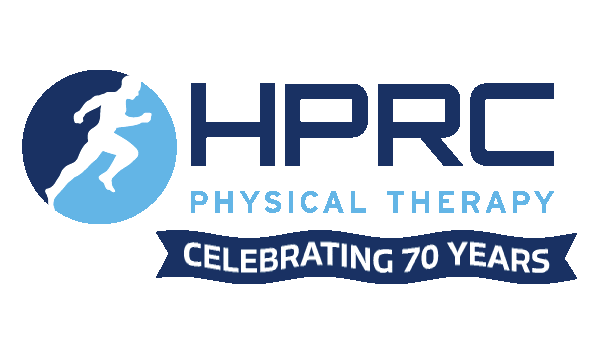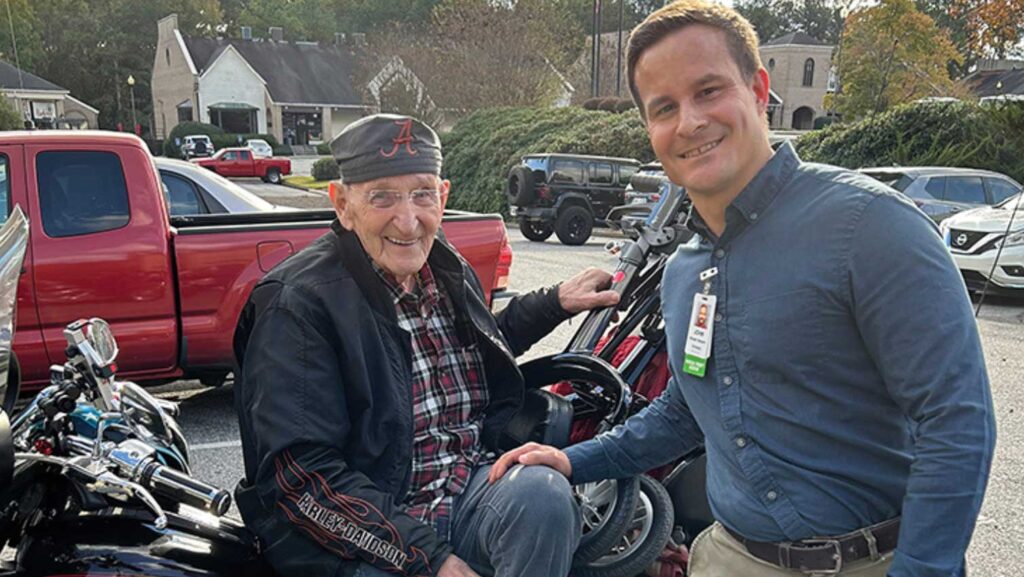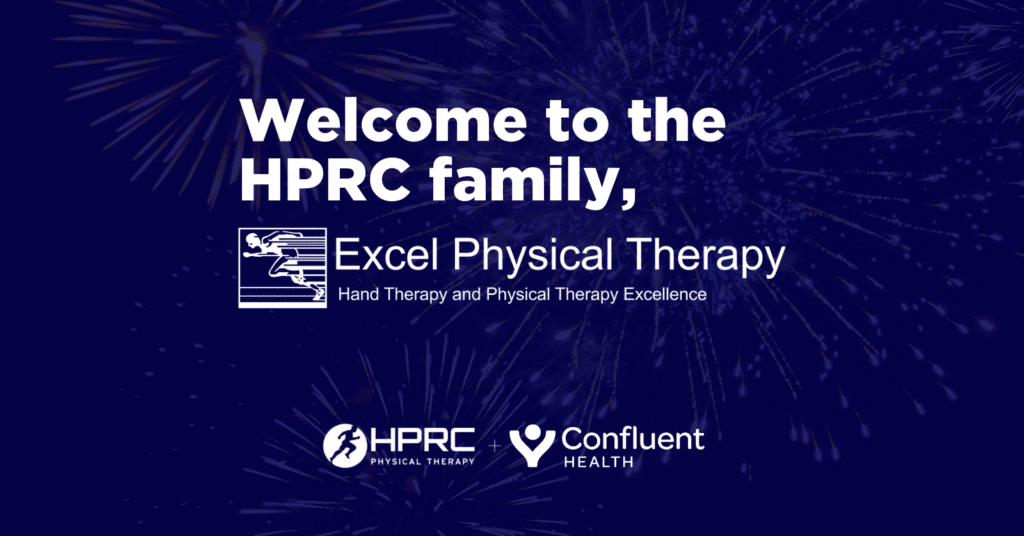What is Chest Physical Therapy(CPT)?
Chest Physical Therapy is a term used for a group of treatments used to improve respiratory efficiency, improve lung expansion, increase strength of the respiratory musculature, and reduce secretions in the lungs. The secretions may be present in the lungs due to Viral / Bacterial Infectious Pneumonia, Cystic fibrosis, Muscular Dystrophy, Asthma, COPD, and multiple other immunodeficiency disorders. The treatments stated in this content piece may be helpful to all those in respiratory distress from lung secretions despite the etiology. Respiratory therapists, nurses, and trained family members are also able to implement these treatments to promote a continuum of care of affected individuals in multiple settings.
The treatments included within the scope of Chest Physical Therapy include the following: postural drainage, chest percussion, chest vibration, deep breathing, and coughing. Postural drainage involves sustained body positioning to allow gravity to assist drainage of the 5 lobes of the lungs. With each position there are sections of both lungs facing downwards to promote mucus movement into the larger airways. At this point the mucus can be huffed, or coughed, out of the airway or suctioned mechanically. Chest Percussion, or hand clapping performed against the rib/lung field areas with a cupped hand, is a treatment used to facilitate movement of mucus from lung surfaces into the larger airways for removal. Chest Vibration is a manual, or mechanical treatment, that is also used to promote mucus movement from the lungs. It involves flat-hand placement over the affected lung lobe and a fine muscular tremoring of the shoulder/arm regions to shake the mucus loose. Percussion and vibration are frequently used with the various postural drainage positions to promote the greatest dislodging of mucus from lung surfaces to improve quality of respirations. Deep Breathing is performed to improve lung expansion and distribution of air into all of the lobes of the lung. Coughing is used to bring the mucus out of the larger airways to eventually be spit out or suctioned from the mouth.
Precautions and Contraindications for CPT
Adults or children with the following conditions should NOT receive CPT:
*bleeding into the lungs *pulmonary embolism
*head or neck injuries *active hemorrhages
*fractured ribs/OI *open wounds/burns
*collapsed lungs *acute asthma
How do I perform CPT?
Find a place that is quiet and comfortable for both administrator and receiver of the treatment. Plan the 20-40 minute treatment time prior to meals, or 1.5 hours after a meal, to avoid nausea, acid-reflux, vomiting, and possible aspiration from the vomiting. Typically treatments are performed in morning and evening but frequency and duration are reliant on the physical condition of the recipient. When working with children, schedule the session around a favorite TV show, add a toy, or perform with favorite music on for a helpful distraction. Comfortable clothing should be worn by the recipient of the treatment to protect the skin from the contact that will be made and jewelry/watches are not be worn by the caregiver to avoid abrasion.
- Choose a postural drainage position. Use pillows, wedges, beanbags, ottomans, chairs, and other furniture to achieve desired angles as long as both parties are comfortable and breathing is not impeded.









- Perform percussion to region marked on postural drainage picture with cupped. The movements should be consistent and rhythmical presenting with a “hollow” sound due to the cupped position. If you hear a “slapping” sound you are performing the technique incorrectly. Perform the percussion for 3-5 minutes and follow-up with vibration and deep breathing/coughing (described in lower sections). Percussion is not to be performed directly over the sternum, spine, stomach, or lowest ribs/back to protect organs beneath those regions.
- Vibration is performed using both hands, in a firm, flat contour against the treated area, for 15-20 seconds or approximately 5 exhalations. One hand is placed on top of the other hand while the arm/shoulder are creating a contraction that provides the fine vibrating movements. The person receiving the treatment should be exhaling slowly while the vibration is present to facilitate mucus movement.
- Deep breathing and coughing follow the manual techniques of using the diaphragm to expand the belly during inhaling is promoted and a shrinking of the abdomen during slow exhaling is expected. This technique promotes movement of the mucus and a spontaneous cough reflex in the recipient to expel it from the airway as well as promoting full lung expansion. Keep a trashcan, emesis container, or tissue handy for secretions to go into during coughing activity.
Chest Physical therapy is a way to help those in mild to moderate respiratory distress. This may be a treatment given for the occasional family member that has a single bout of pneumonia or a consistent regimen that is used for a person with a chronic respiratory disease like Cystic Fibrosis or COPD. Talk with your HPRC physical therapist to find out more about how Chest Physical Therapy may help you or your family member.
Call Today To Request An Appointment With A Therapist At HPRC Auburn. Learn more about the author of this article, Karen Lynn, PT
SOURCES
ORGANIZATIONS
Cystic Fibrosis Foundation. 6931 Arlington Road, Bethesda, MD 20814. Web site: https://www.cff.org.
WEB SITES
https://www.healthofchildren.com/C/Chest-Physical-Therapy.html#ixzz6Jc5qyhWh “Chest Physical Therapy.” Dr. Joseph F. Smith Medical Library , 2003. Available online at https://www.chclibrary.org/micromed/00042330.html (accessed December 8, 2004)
https://www.hopkinsmedicine.org/health/conditions-and-diseases/signs-of-respiratory-distress
https://www.verywellhealth.com/postural-drainage-4020317



